About Me
Latest Updates
Click or tap on a topic to learn more-
Riding the Tech Tsunami: My Journey Through a Changing Industry
In 2019, I launched my career in software development, stepping into a tech world that felt full of promise. My mindset was simple, forged by the mantra to "fail faster." It was a philosophy of action—of late nights on Stack Overflow, of blending intuition with logic, and of the pure thrill that came from watching your code finally work. The path felt clear: master a framework like React, build cool things, and solve the problem right in front of you.
I dove in headfirst, focusing my energy on the world of CRM. It was a tangible place to start, building responsive email templates and enhancing user interfaces. Every line of code felt like a victory, a concrete step forward in a career that seemed stable and predictable.
I had no idea the ground was about to shift beneath my feet.
The first tremor I felt wasn't a new JavaScript framework; it was a fundamental change in the questions we were asking. At Allergan, I saw the conversation move from "What tool should we use?" to a much more critical question: "How does our data flow?" We had a best-in-class platform in Braze, but we realized its power wasn't in its features, but in the quality of the data we fed it. That was a revelation. It was the moment I started to see beyond the code and look at the entire data ecosystem. It was the birth of my journey toward becoming a Solutions Architect.
Then, just as I was getting my footing in this new data-centric world, the AI tsunami arrived. AI wasn't just for data scientists anymore; it was showing up right inside VSCode. While my day job wasn't AI-forward at the time, I couldn't ignore the change. In my personal time, I started exploring tools like GitHub Copilot and building small projects with AI assistance. The difference was staggering. The efficiency, the new possibilities—it was clear the rulebook was being rewritten in real-time.
Looking back, my career has been a story of evolution. That initial "fail faster" mindset was crucial for building my foundation, but the real growth came from learning to zoom out. It was about seeing how a single email template fit into a massive customer journey, how a single data point could transform a campaign, and how to build systems that wouldn't just work for today, but would scale for a future we couldn't yet see.
The journey from developer to architect was a transition from focusing on the "what" to mastering the "why." If there’s one thing these last six years have taught me, it’s that the most valuable skill in tech isn't mastering a language, but cultivating a relentless curiosity. The job you'll have in five years might not exist yet, and that’s the most exciting part. -
Allergan Aesthetics & Braze: A Case Study in True Technical Partnership
A great read from the Head of Martech at Allergan Aesthetics on the power of a true technical partnership. This article breaks down how we moved beyond a simple vendor relationship with Braze to co-architect solutions for our most complex challenges, like the Allē loyalty program.
I was proud to be the Solutions Architect on the team that brought this collaboration to life. It’s a fantastic look into how the right partnership can unlock innovation and accelerate your roadmap.
Check out the article here
Technical Skills
Technologies and Tools I have used for my projectsHTML 5
CSS 3
JavaScript
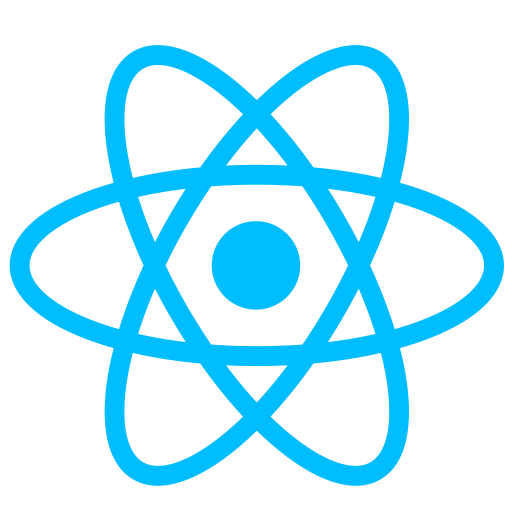
React.JS

Braze
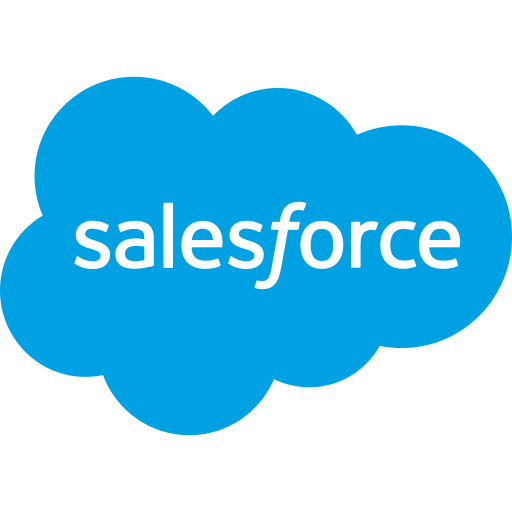
Salesforce
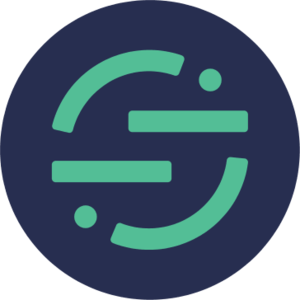
Segment

Snowflake
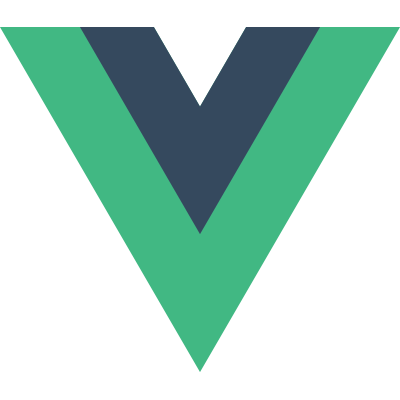
Vue.js
Node JS
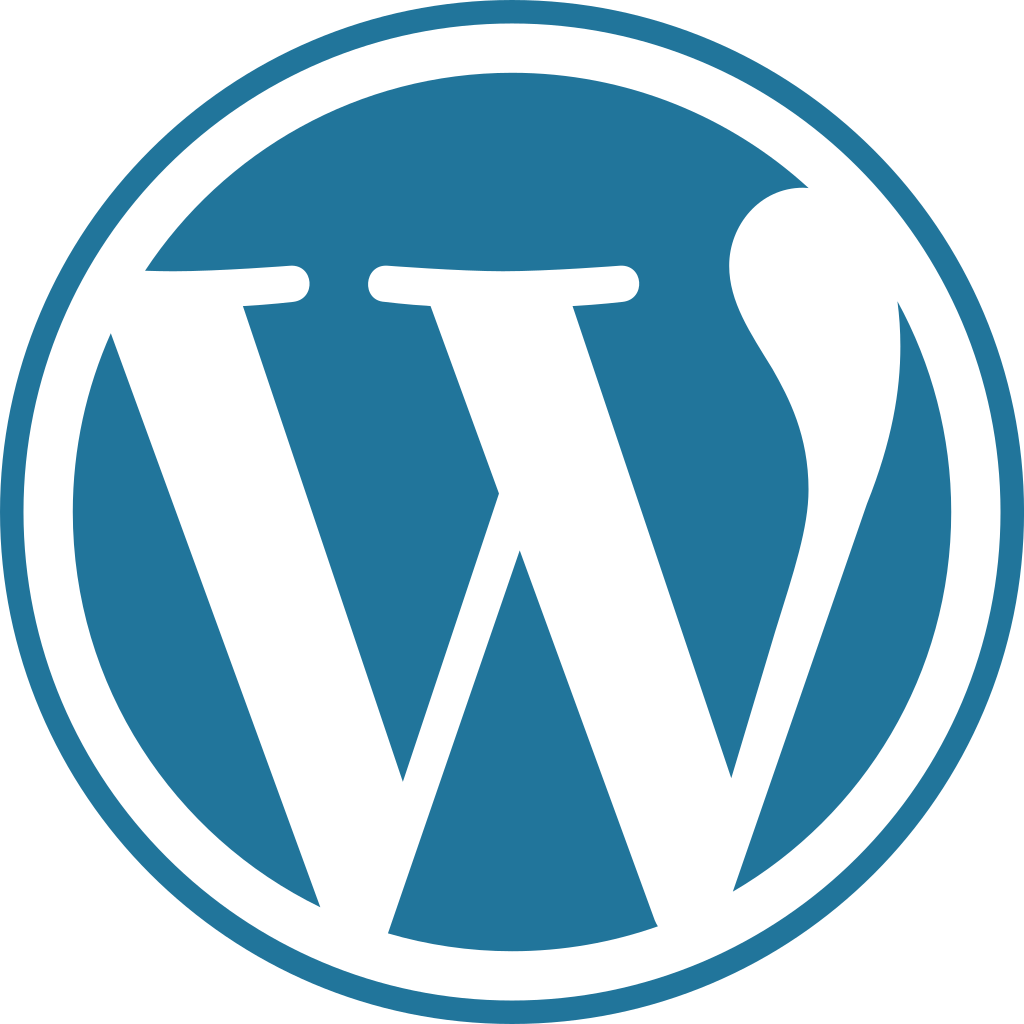
WordPress
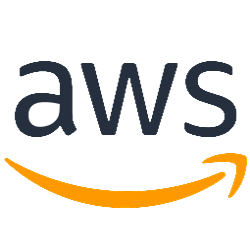
AWS
